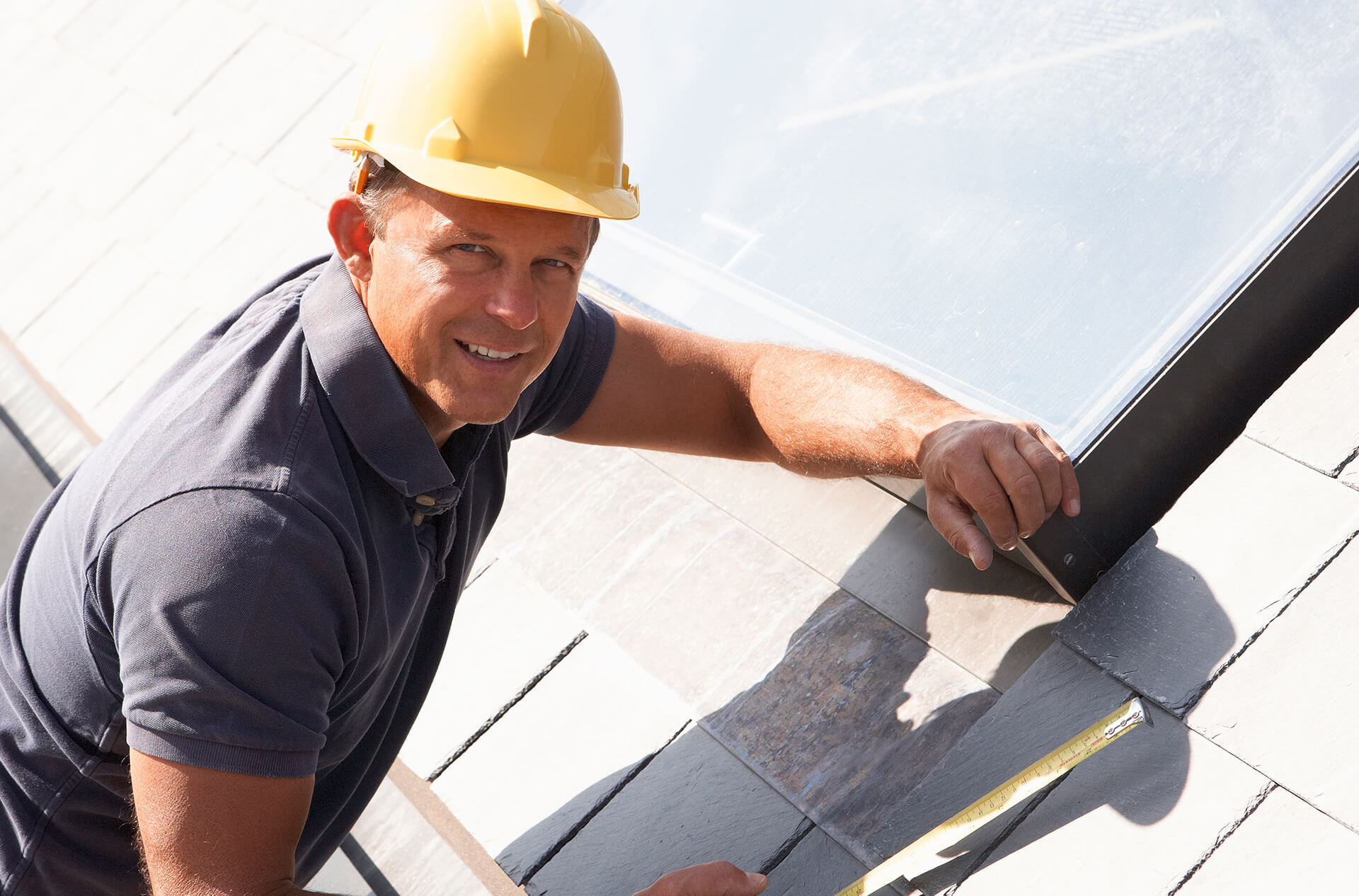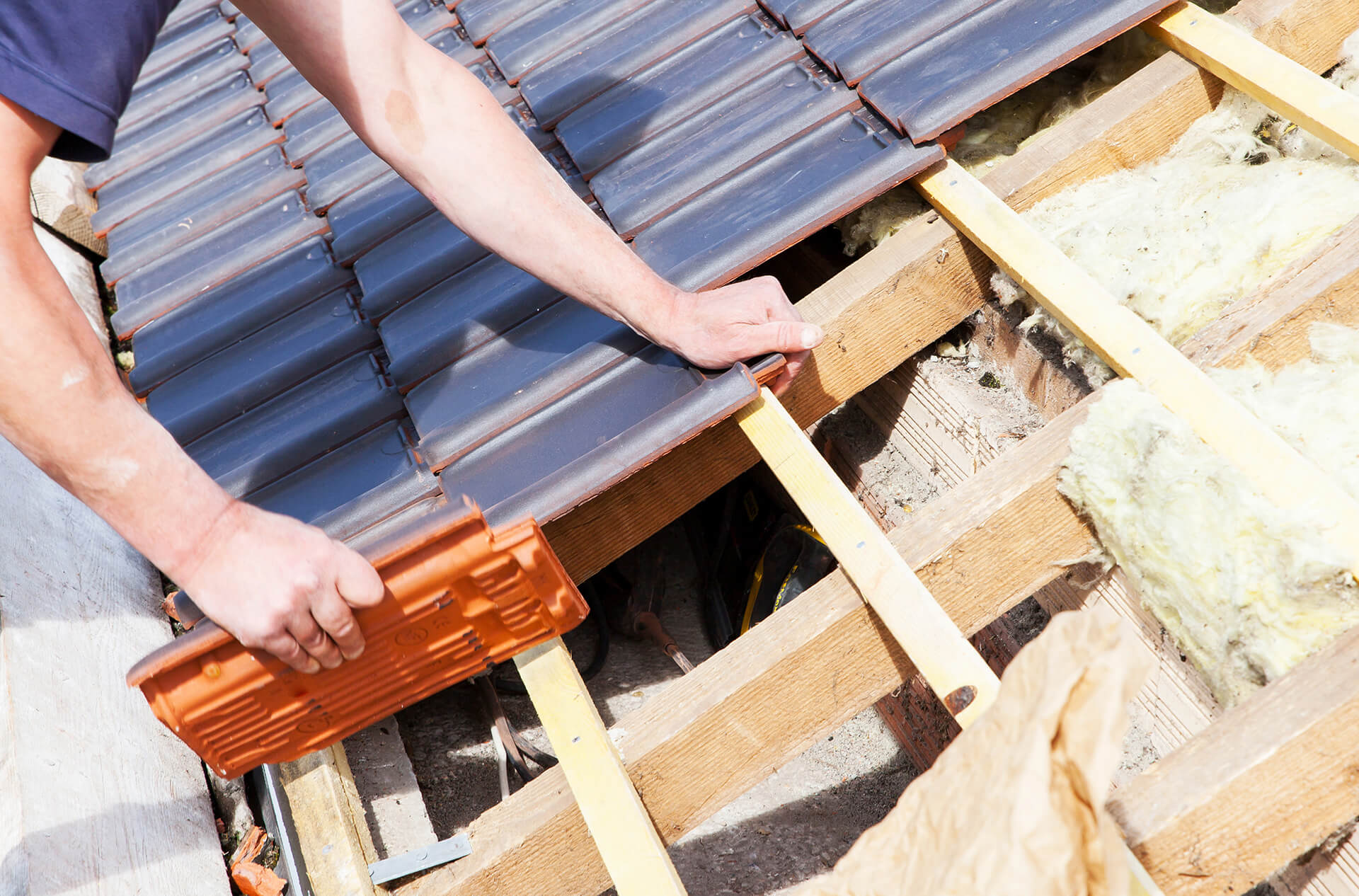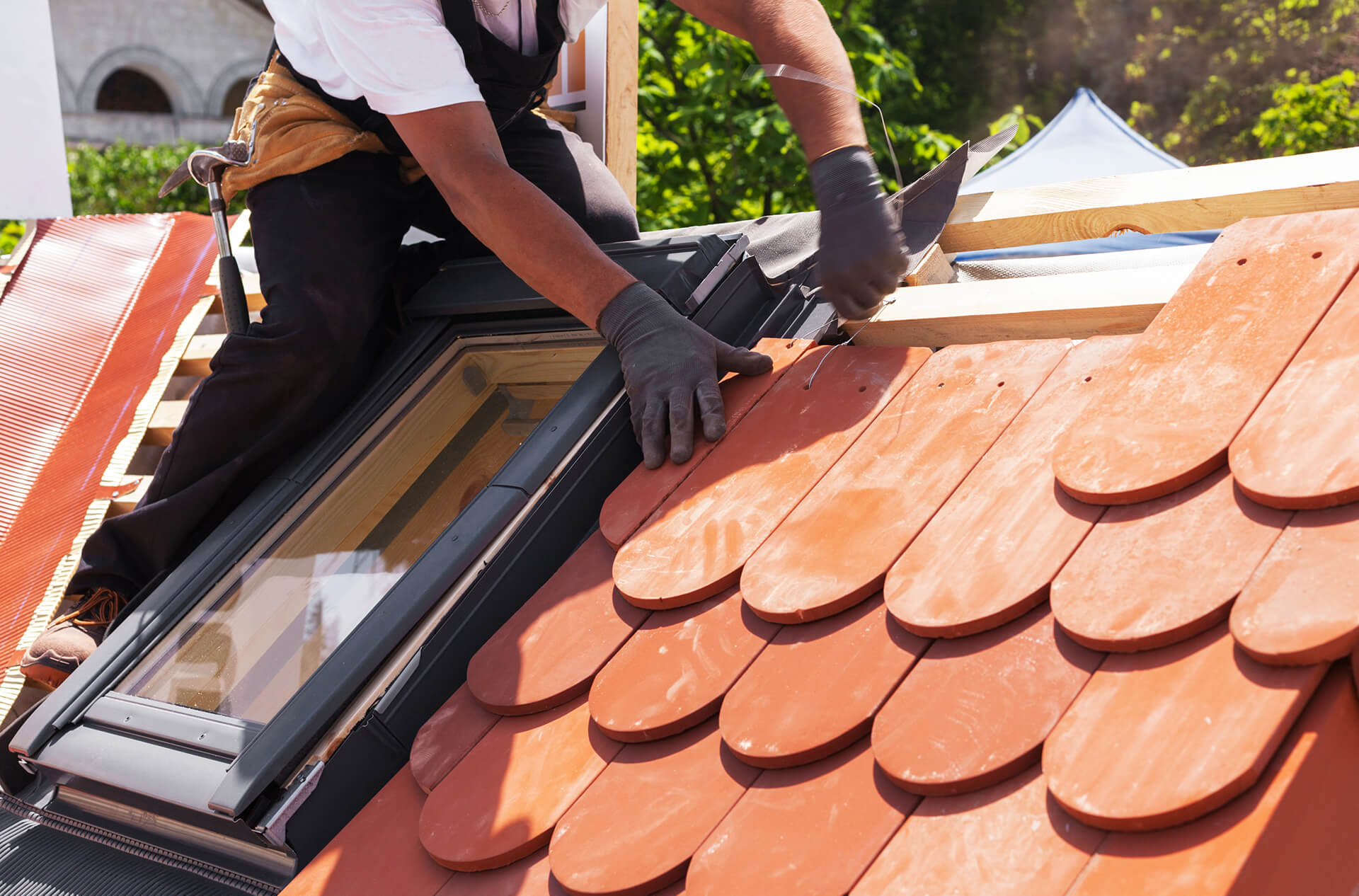Fibreglass GRP Roofing
GRP stands for glass-reinforced plastic and is also referred to as fibreglass roofing. GRP is composed of a resin with glass or fibrous strands that reinforce the roofing material. Although the resin is a liquid, a catalyst is applied which starts a curing process to turn the liquid into a solid over a short period of time. A fibreglass system is one of the leading roofing systems used for domestic flat roofs and it makes an excellent waterproof coating for flat and inclined roofs.
A properly laid fibreglass roof also known as GRP Roofing, will last for at least 30 years with no measurable deterioration. GRP is the least likely roof material to develop moss. GRP is incredibly resistant to corrosion, meaning that it can be installed on roofs near factories and commercial buildings that handle chemicals.
GRP is extremely waterproof and is used in a range of marine applications such as on the hulls of boats.
One of the main benefits of Fibreglass GRP roofing is that it doesn’t require much material to provide good strength properties. GRP also has several unique properties one of which is being able to be moulded to almost any shape, around and over irregular roof shapes and uneven structures.
GRP is incredibly resistant to corrosion, meaning that it can be installed on roofs near factories and commercial buildings that handle chemicals.
Other practical features of fibreglass flat roofs include the fact that there are no joints or seams on the main part of the roof and as a result there is no taping and less chance of water creeping through gaps and into the decking. This complete waterproof feature is the reason it’s commonly used on boats and yachts. Also, the top coat finish in a GRP roofing system makes the roof resistant to pretty much all that nature can throw at it. They are built to retain their function and form in the face of harsh weather conditions. Fibreglass GRP is also fire resistant and can cope with footfall, which makes it suitable and ideal for a roof terrace. It can be easily shaped to fit the design of any roof design. This is yet another reason why it is viewed by so many as the ideal flat roof covering.



GRP Roofing Installation Process
The installation process of GRP roofing is slightly more complicated. It isn’t simply laying rolls of material but involves much more than that. Installation of GRP flat roofs begin with a layer of catalysed resin being applied to good quality, completely dry roof decking, ideally OSB3 wood. Aftr that, a layer of fibreglass mating is then laid on top followed by another layer of catalysed resin to complete the system. Once this is completed, a fire retardant top coat resin is then applied to completely weatherproof the roof and give the roof a more attractive and aesthetic finish. Specially made edge trims and drip trims are fitted to the edges of the roof and abutments before any GRP is laid down.
The inclusion of a number of resins and catalysts is the reason why Fibreglass GRP roof installation is more challenging and one disadvantage of this installation is that it can only be installed in completely dry weather, which can also pose another challenge.
Fibreglass roofs are unaffected by UV but fading can occur over the years. This will only affect the aesthetic quality of the roof, nothing internally.
Repairs are not something you’d associate with a Fibreglass GRP roof. As long as the first installation was properly carried out by skilled and professional roofers like those at Taylor and Sons Roofing of Wakefield on suitable decking with properly installed trims and flashing, then your fibreglass GRP roofing system needs little cause for concern. Although Fibreglass GRP roof systems are impact resistant, should yours somehow develop a split or hole, there is nothing to stop you from laying another round of GRP on top as long as the roof is still structurally sound.
Maintenance of Fibreglass Roof
Fibreglass GRP roofing systems require only a periodical cleaning and coating of the roof as a result of it being a low-maintenance roofing system. GRP is a material that is very resilient and strong, hence, we can clean the roof with a mop or even use a hosepipe for the removal of mud and dirt.
Coating the roof periodically is good in order to increase the lifespan of your fibreglass GRP roof. Gel coat or acrylic painting is what we normally use for maintenance coating.

The Pros of Fibreglass Roofing
Life expectancy is at least 30 years which makes it durable: it is important to go for a roof that will last longer for your home. Otherwise, you will be forced to keep replacing it time after time. GRP roofing is one of those you can count on for longer durability of over 25 years. You just need to do your duty to get the roof properly installed
Very lightweight: Fibreglass roofing is light in weight as compared to other roofing methods. As metal roof and wood roof are weighted but fibreglass roof is light in nature and with different and fascinating styles on it.
An unmatchable smooth finish: it’s the league leader in beauty. Final finishes can be of a wide range of colours. You are free to choose your best colour.
Aesthetically pleasant: homeowners like to install it because of its upgraded look which consists of fascinating colours and designs on it which gives a different look to your roof.
Flexible to use as it can be cut to any shape: fibreglass is a modern material known for its flexibility properties. It makes a perfect roof for lightweight roofs, green roofs, and works best for complicated shapes.
Being in liquid form there is no seam or joins left: fibreglass is a material known for boat construction that is because they are perfectly joint less. In the same way, they offer a joint less roof solution that is super-efficient when properly installed.
The Cons:
The cost of a GRP fibreglass roof is high: when compared to rubber roofing, GPR goes beyond the threshold to cost more dollars. There is however cost flexibility according to the kind of finish you choose for your finishes.
Can only be installed when the weather is dry: fibreglass is not the kind of roof you install at any time. You have to wait till the conditions fit the installation. That is when it’s completely dry.
Not suitable for larger roofs: It is not considered the best option for large roofing areas and the expansion and contraction rates can be extremely high.
Ventilation challenges occur: Air exchange issues are noticed after installing fibreglass roofing in your home because ventilation is important for every home and due to its glass structure it is not easily possible for the ventile region to exchange the spoiled air with pure air.

Cost of Fibreglass GRP Roofing
Given the highly superior durability of Fibreglass GRP roofing systems over felt systems, one might be of the notion that it would cost a great deal more but that is not the case as it is only slightly more expensive than felt. You can expect to pay between £70-£90 per square metre for a GRP roof, although this price can go up or down depending on location.
It is important to note that the overall cost of any GRP roofing system will depend on whether a new roof is being constructed or an existing roof is being repaired/altered. The latter will of course be vastly cheaper.
The surface area of the roof and the professionals brought in for the installation, will also need to be considered when budgeting the cost for your fibreglass GRP roof. In addition, the cost of Fibreglass GRP roofing also varies depending on if any structural repairs need to be carried out on the roof and if alterations are required to the guttering or downpipes.
Frequently Asked Questions
Can you recoat a fibreglass roof?
Yes indeed, recoating a fibreglass roof is a process that requires you to sand and clean the existing topcoat thoroughly, before applying the new layer of coat with precision and accuracy. This is the reason why it is generally advised to hire experienced professionals for fibreglass roof recoating.
Do Fibreglass GRP crack?
Yes, they do. A common problem encountered with a GRP roof is the flaking and cracking of the top coat. The main reason for a GRP roof cracking is due to the roof being poorly installed.
How many layers of fibreglass do I need for a flat roof?
How many layers of fibreglass do I require for a flat roof? A. Generally, one layer of 600gm/sq. m chopped strand mat is the accepted norm.
Are fibreglass roofs noisy?
When a roof heats up and cools down during the course of a day, it will make noise, this is due to thermal expansion and contraction and is a completely normal process. If a flexible GRP roofing system like Fibrelast was used, then the entire system will flex.
